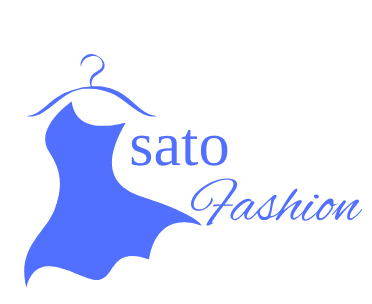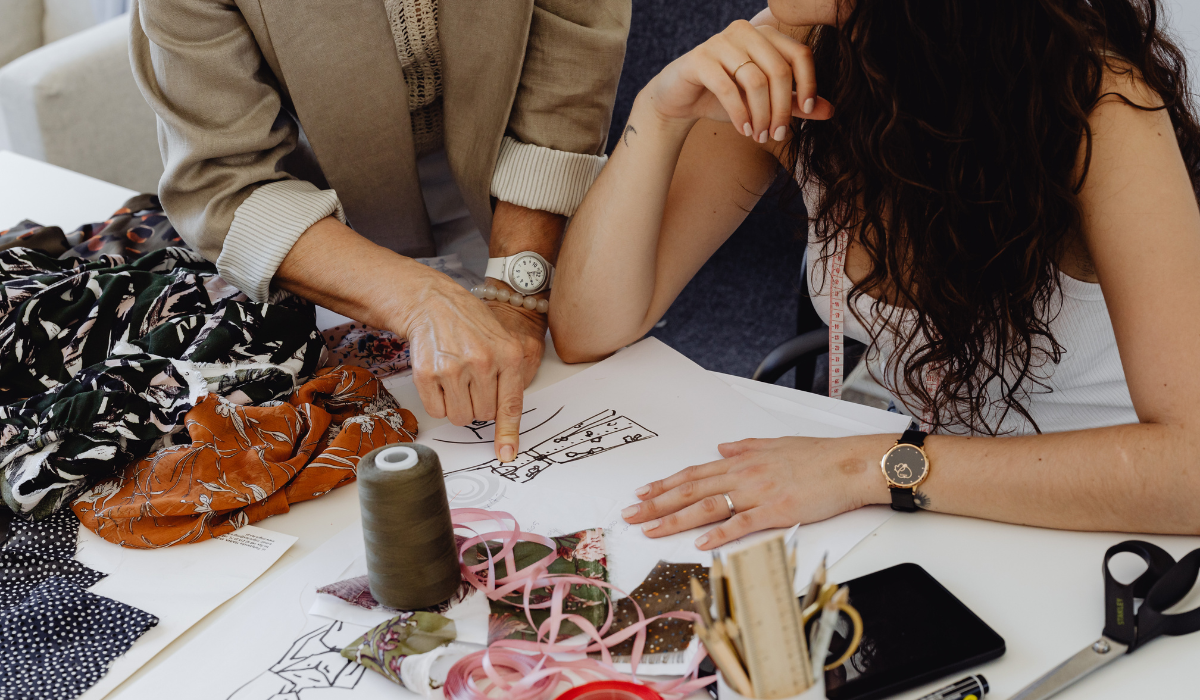In the global tapestry of fashion, where narratives of heritage and innovation increasingly intersect, a new generation of designers is redefining what it means to create with purpose. Among these voices, Nafi Diarra (Nafi Diarra Fashion Designer) emerges not merely as a designer but as a cultural ambassador, whose work serves as a vibrant dialogue between the rich textile traditions of Africa and the forward-looking language of contemporary design. Her journey is a compelling study in how authenticity, when nurtured with skill and vision, can carve out a significant and respected space in a competitive industry.
Diarra’s foundation in design is deeply personal and culturally immersive. Her childhood, steeped in an environment where fabric was more than material—it was a carrier of history, identity, and community—provided an invaluable education. Witnessing the meticulous processes of local artisans, from hand-dyeing techniques like bogolanfini (mud cloth) to intricate weaving and embroidery, instilled in her a profound respect for craftsmanship. This early exposure was less about formal training and more about absorption; it was an understanding that patterns, colors, and textures are a visual language telling stories of lineage, status, and celebration.
This foundational respect for tradition, however, did not translate into a desire to simply replicate the past. Instead, Diarra’s design philosophy is built on a principle of elevation and synthesis. She approaches traditional textiles not as relics to be preserved behind glass, but as living, breathing elements to be integrated into a modern wardrobe. Her genius lies in her ability to deconstruct a classic garment, like the grand boubou or a kente cloth stole, and reimagine its essence within a sleek pantsuit, a structured cocktail dress, or flowing evening wear. This synthesis creates pieces that feel both timeless and of-the-moment, allowing the wearer to carry a piece of cultural history into a boardroom, a gallery opening, or a cosmopolitan city street.
The Pillars of the Nafi Diarra Brand
Several key pillars define Diarra’s work and distinguish her within the fashion ecosystem:
- Cultural Storytelling: Each collection is conceived as a narrative. Diarra often draws inspiration from specific historical events, folklore, or artistic movements within the African diaspora. The garments become chapters in a larger story, inviting the wearer and the observer to engage with the culture beyond the aesthetic. This transforms clothing from a commodity into a conversation piece about identity and heritage.
- Sustainable and Ethical Practices: In an industry grappling with the environmental and ethical fallout of fast fashion, Diarra’s model presents a conscious alternative. Her commitment often manifests in several ways:
- Collaboration with Artisans: She frequently partners directly with weaving cooperatives and dyeing studios across the continent, ensuring that traditional skills are not only preserved but are also economically viable. This provides a sustainable livelihood for craftspeople and keeps ancient techniques alive.
- Material Sourcing: A focus on natural, often locally-sourced fibers and dyes minimizes the environmental footprint of her production processes.
- Intentional Production: Embracing made-to-order or small-batch production runs, Diarra’s brand inherently opposes the wastefulness of mass production, advocating for quality and longevity over quantity.
- Global Appeal with a Rooted Soul: The commercial success of Diarra’s designs demonstrates a growing global appetite for fashion with substance. Her ability to translate specific cultural motifs into universally appealing silhouettes has resonated with a diverse clientele. She dresses individuals who seek more than a label; they seek a connection, a story, and a statement of values. This has cemented her role in a broader movement that challenges the once-dominant Western-centric gaze of high fashion.
Impact and Cultural Significance
Nafi Diarra’s influence extends beyond the seams of her garments. Her career path offers a blueprint for aspiring designers from underrepresented cultures, proving that one’s heritage is not a limitation but a unique source of strength and innovation. She exemplifies how to build a brand with cultural integrity without compromising on commercial viability or creative ambition.
Furthermore, her work plays a crucial role in the ongoing project of shifting global perceptions. By placing African textiles and aesthetics on prestigious international runways and in high-end editorial spreads, she actively participates in dismantling monolithic stereotypes. She presents African culture not as a singular, static concept, but as a dynamic, sophisticated, and diverse force in global design.
The Road Ahead
The future of the Nafi Diarra brand is likely to continue on its trajectory of thoughtful expansion. This could involve deeper explorations into different textile traditions from across the continent, collaborations with artists from other disciplines, or perhaps even the establishment of educational initiatives aimed at nurturing the next generation of African designers.
Nafi Diarra’s story is a powerful reminder that the most resonant fashion is that which carries meaning. In a world saturated with transient trends, her work stands as a testament to the enduring power of clothes that are woven with history, crafted with intention, and designed to tell a story that is both deeply personal and universally human. She is not just designing clothes; she is curating a modern heritage.
Informational FAQs About Nafi Diarra
Q1: Who is Nafi Diarra?
A1: Nafi Diarra is a fashion designer known for her work in synthesizing traditional African textiles and craftsmanship with contemporary design silhouettes. Her brand is recognized for its cultural narrative, ethical production practices, and modern aesthetic.
Q2: What is her design background?
A2: While specific formal training details may vary, her foundational background is rooted in her upbringing, where she was exposed to and immersed in the rich textile arts and artisan communities of her cultural heritage. This practical, cultural education forms the core of her design ethos.
Q3: What makes her designs unique?
A3: The uniqueness lies in her specific approach to cultural synthesis. She doesn’t just apply prints to Western shapes; she reinterprets the structure, drape, and symbolism of traditional African garments for a modern context, creating a seamless blend of old and new.
Q4: How does her brand approach sustainability?
A4: Her approach to sustainability is often multi-faceted, focusing on ethical collaboration with artisan communities, the use of natural and traditionally processed materials, and production models that prioritize quality and longevity over mass output.
Q5: Where can one view or purchase her designs?
A5: Designs from labels like hers are typically presented during fashion weeks and are often available through the designer’s official website, select high-end boutiques, or made-to-order upon direct inquiry. The specific retail strategy focuses on exclusivity and direct connection.
Q6: What is the significance of her work in the broader fashion industry?
A6: Diarra’s work is significant as part of a larger movement to decentralize fashion narratives. She brings non-Western cultural references to the forefront of high fashion on their own terms, promoting diversity, authenticity, and a more ethical and inclusive industry standard.

